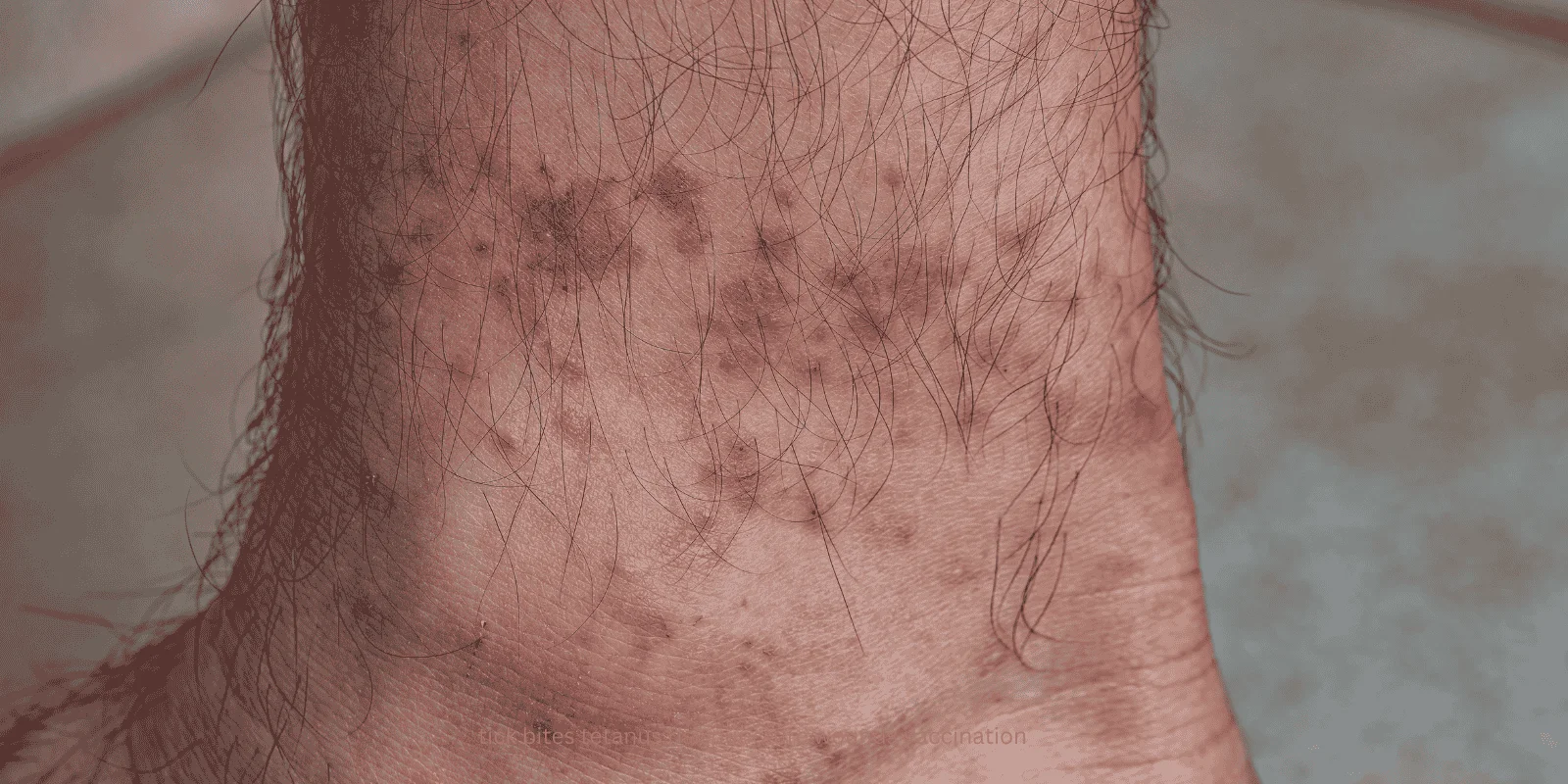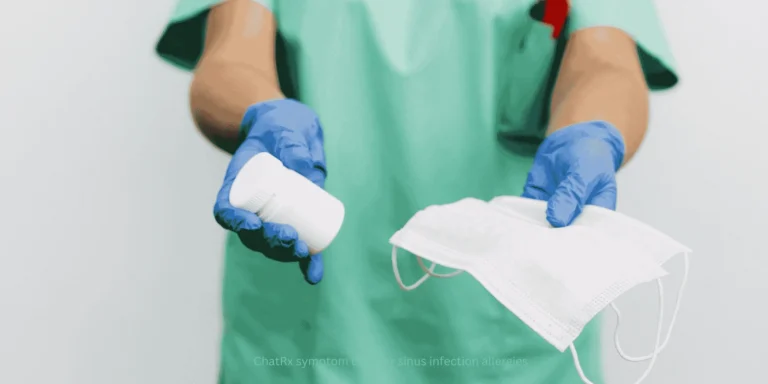“My son stepped on a rusty nail while hiking, and we found a tick on him later,” a worried father called my office. “Does he need a tetanus shot for both?”
This scenario combines two puncture wound risks that parents often face during outdoor activities. Understanding tetanus vaccination needs for different types of wounds helps ensure proper protection without unnecessary treatments.
Understanding Tetanus Risk
Clostridium tetani bacteria live in soil, dust, and animal feces, entering the body through wounds and producing toxins that cause severe muscle spasms.
Deep puncture wounds create oxygen-poor environments where tetanus bacteria thrive, making them higher risk than surface cuts.
Contaminated wounds exposed to dirt, saliva, or feces pose greater tetanus risk than clean injuries.
Tick Bites and Tetanus
Tick attachment doesn’t typically create tetanus risk because their mouthparts don’t penetrate deeply enough to create the anaerobic environment tetanus bacteria require.
Proper tick removal using clean tweezers and prompt wound cleaning further reduces any minimal tetanus risk.
Focus remains on tick-borne diseases like Lyme disease rather than tetanus prevention for simple tick bites.
Higher-Risk Puncture Wounds
Nail punctures through shoes create deep, contaminated wounds with high tetanus risk, especially when stepping on objects in outdoor environments.
Animal bites introduce saliva contamination and create deep puncture wounds that may harbor tetanus bacteria.
Dirty wounds from outdoor activities like farming, gardening, or construction work where soil contamination is likely.
Vaccination Status Matters Most
Up-to-date tetanus vaccination (within 10 years for clean wounds, 5 years for dirty wounds) provides excellent protection against tetanus infection.
Unknown vaccination history requires both tetanus vaccination and tetanus immune globulin for high-risk wounds.
Incomplete childhood series may need additional doses to ensure full protection.
Wound Classification Guide
Clean, minor wounds in people with current tetanus vaccination typically don’t require additional shots.
Dirty or contaminated wounds may need tetanus boosters even if vaccination was within 5-10 years.
Deep puncture wounds from contaminated sources represent highest risk and often require immediate tetanus prophylaxis.
Age-Related Considerations
Children following standard vaccination schedules typically have excellent tetanus protection through their routine DTaP series.
Adults need tetanus boosters every 10 years, with many people unsure of their last vaccination date.
Elderly individuals may have waning immunity and unclear vaccination histories, requiring careful evaluation.
When Tetanus Shots Are Needed
High-risk wounds in people without recent vaccination (within 5 years) typically require tetanus boosters.
Unknown vaccination status with any contaminated wound requires both vaccination and tetanus immune globulin.
Overdue boosters (more than 10 years since last dose) need updating regardless of wound type.
Emergency Department Guidelines
Clean wounds with current vaccination usually don’t require additional tetanus prophylaxis.
Contaminated wounds often receive tetanus vaccination in emergency settings as a precautionary measure.
Multiple wound types like the hiking scenario may require evaluation of the highest-risk injury for tetanus prevention decisions.
Wound Care Priorities
Immediate cleaning with soap and water removes contaminating bacteria and reduces infection risk for all wound types.
Proper tick removal using fine-tipped tweezers prevents mouthpart retention that could cause local irritation.
Monitor for infection signs including increasing redness, swelling, or drainage from any puncture wound.
Documentation Importance
Keep vaccination records current and accessible, especially for outdoor enthusiasts who face higher puncture wound risks.
School and camp forms often require tetanus vaccination documentation, helping families stay aware of booster timing.
Medical alert information can be helpful for people with unclear vaccination histories or special medical circumstances.
Prevention Strategies
Appropriate footwear during outdoor activities reduces nail puncture and other penetrating injury risks.
Regular tick checks allow for prompt removal before bacterial transmission can occur.
Maintain current vaccinations as the most effective tetanus prevention strategy for all puncture wound types.
Combined Scenarios
Multiple risk factors like contaminated puncture wounds plus tick exposure require addressing each risk appropriately rather than assuming one treatment covers both.
Prioritize immediate risks — tetanus prevention for deep contaminated wounds takes priority over tick-borne disease monitoring that develops over days to weeks.
Follow up appropriately for both wound healing and potential tick-borne illness symptoms over the following weeks.
For most tick bite situations, tetanus vaccination isn’t necessary unless concurrent injuries create higher risk. Focus on proper tick removal and monitoring for tick-borne diseases while ensuring overall tetanus vaccination status remains current.













